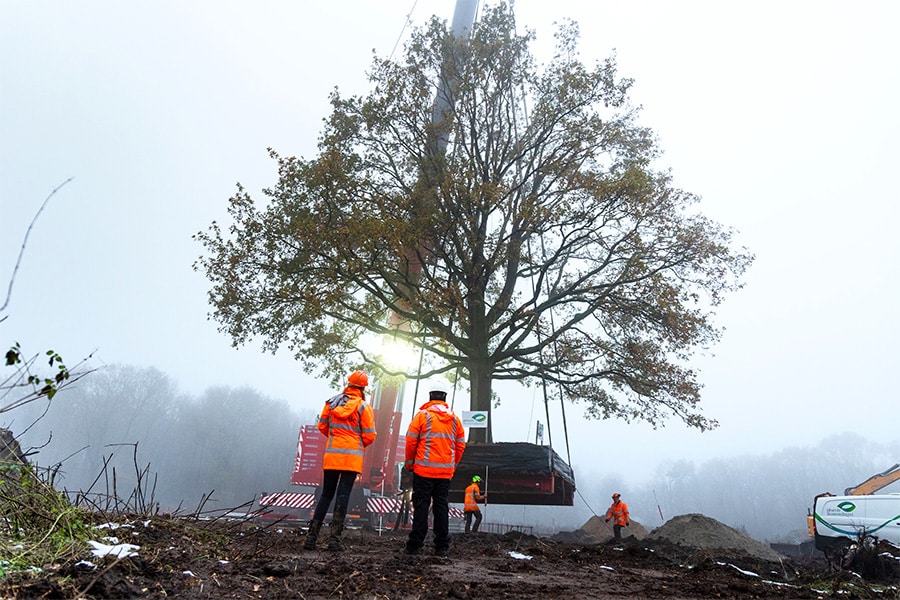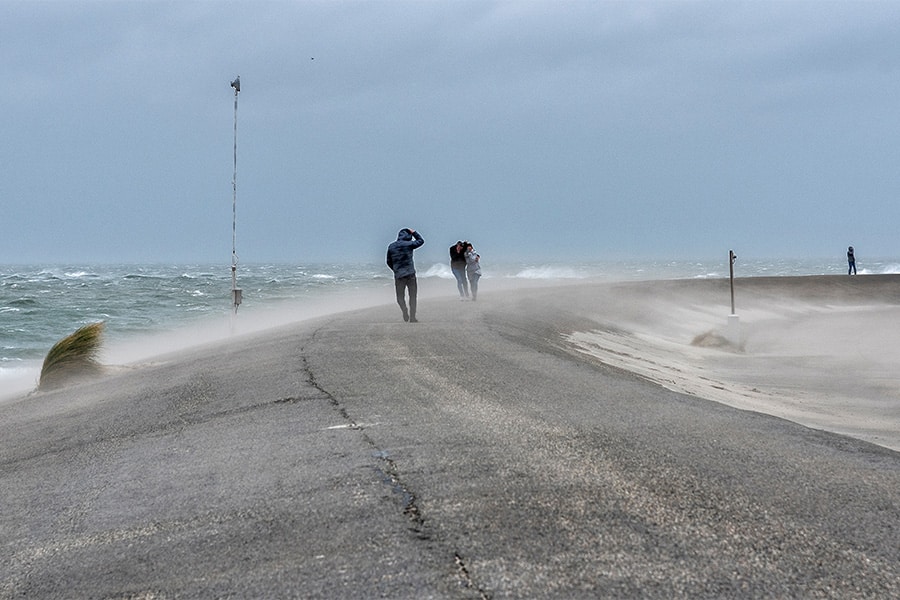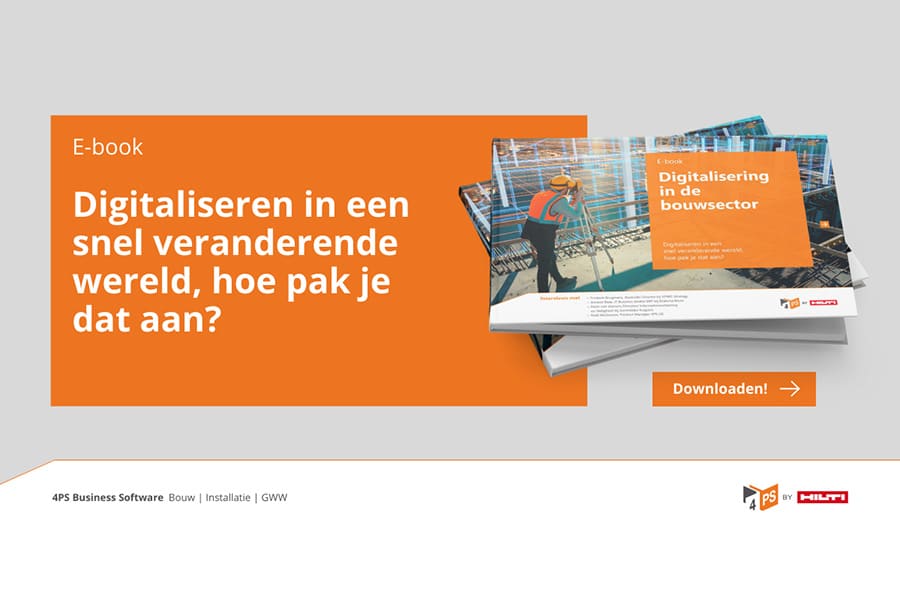
The search for duds
Artillery shells, rockets or aircraft bombs; if earth-moving work takes place in an area and explosives are still present in the soil, there is the possibility of uncontrolled detonation of these explosives. "You don't want to experience that," emphasizes Hans Smulders, director of Bombs Away and senior explosives detection consultant. "You want to know where to expect explosives and how to eliminate the risks in advance."
Bombs Away is located in a monumental building on Utrecht's Maliebaan. The building has a turbulent history. During the Second World War, it was home to the Sicherheitspolizei, which was closely linked to the secret intelligence service of the German occupying forces (Sicherheitsdienst). The rooms in the building breathe history, which can also be seen in the large "Strike Photos" on the walls, taken during Allied air raids. Mapping and specifying acts of war is therefore the order of the day here. After all, every detail can help map and trace explosive remnants of war.

Still explosives
Although World War II was over 75 years ago, explosive remnants of war are still found in Dutch soil today. Until the late 1990s, explosives detection and clearance was reserved for the Explosieven Opruimingsdienst (EOD). Later, explosives detection was also allowed to be carried out by private companies. The destruction of the war remains found, however, remained reserved to the EOD.
Historical preliminary research
An important part of Bombs Away's work is to carry out the historical preliminary investigation, which involves consulting domestic and foreign archives, analyzing aerial photographs and looking for witnesses and eyewitnesses in order to identify the locations where there is an increased risk of finding explosive remnants of war. "An intensive exercise," says Maxim Kuiten, project manager and advisor to Bombs Away. "Hundreds of aerial photographs have been taken of some bombing sites. We then have to compare these aerial photos to correctly interpret the smallest details. Sometimes it's also simple arithmetic. If an archive states that six bombs were dropped while aerial photos show only five craters, then you know the counter is not yet at zero."

Witness interviews
For some investigations, witnesses are interviewed. "We sometimes sit with a witness for several hours," says Linda Hofland-Timmers, project manager of Risk Analysis, in this regard. "Even if the information sought can be told in a minute. But if someone is willing to help us, he also gets ample opportunity to tell his story. He is an important source of information for us and makes our research a little more accurate again."
Independent consulting firm
Bombs Away's approach is unique. "So we determine the presence of explosive remnants of war solely from historical sources," Smulders says. "If, based on the sources consulted, it is determined that there is an increased risk of explosive remnants of war in the soil in a project area, tailored advice is provided. The follow-up steps - such as conducting detection - are performed by other parties. As a result, Bombs Away remains independent and this creates a unique position in the market."

Risk analysis
If there are suspect areas within the boundaries of the project area, Bombs Away sometimes recommends a risk analysis. Kuiten: "We do this if we expect that post-war activities - such as construction, excavation and/or embankments - have influenced the situation regarding explosives in the soil. We then map out which earth-moving activities were carried out in an area after the war. For example, we may discover that a projectile is present, but safely covered by a six-meter-thick layer of soil. In that case, the analysis shows that the contractor is not at risk."
Knowledge and expertise
The archive that Bombs Away has been building since 2011 has now reached an impressive size. Large, high walls are filled with books on specific areas at home and abroad, war events and geographical works. Not to mention the material stored digitally. "Much of the information is already ready knowledge for our staff," Smulders says. "They have already conducted many preliminary explosives investigations in recent years. As a result, they have a lot of knowledge and expertise in-house, not only to carry out a preliminary investigation, but also to provide the client with the right advice."
No standard research
No matter how big or small, Bombs Away's investigations are never standard. Like in December 2020 in Tilburg, where it conducted the explosives survey in a development area. "Here we did the preliminary investigation, risk analysis and organized the detection work in the field for the client," Kuiten says. "In this case, we take full responsibility. We did the management, selected the expert parties and carried out the communication with the landowners. A project team was put together with delegates from the EOD, emergency services and RWS, among others. We prepared the cull in detail and regulated traffic to a radius of 600 meters. But however sure we were of our business, the night before I did not sleep a wink and the moment the detonators were removed from two colossal aircraft bombs my heart pounded in my throat."
Yet for Kuiten, this will never be a reason to look for another job. "The beauty of this work is that you keep growing. You constantly come into contact with other areas of knowledge. When pile driving caused too much vibration somewhere, I was introduced to bored piles. Similarly, I gained insight into solar panels, the sewer system and asphalt pavements. In addition, it requires diplomacy. It is nice to maneuver those involved through the process with minimal upheaval and then assure them that they can safely proceed with their project."



